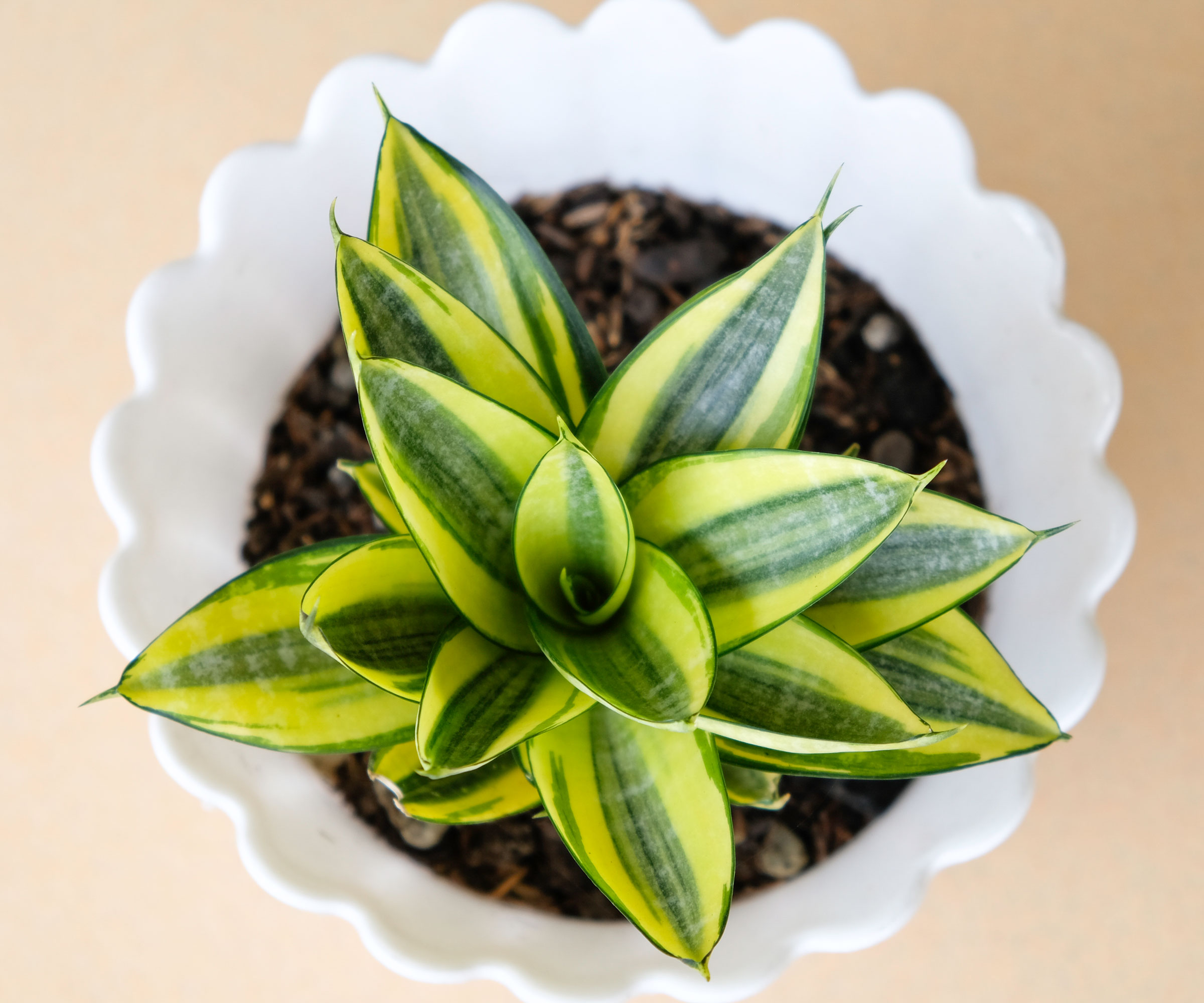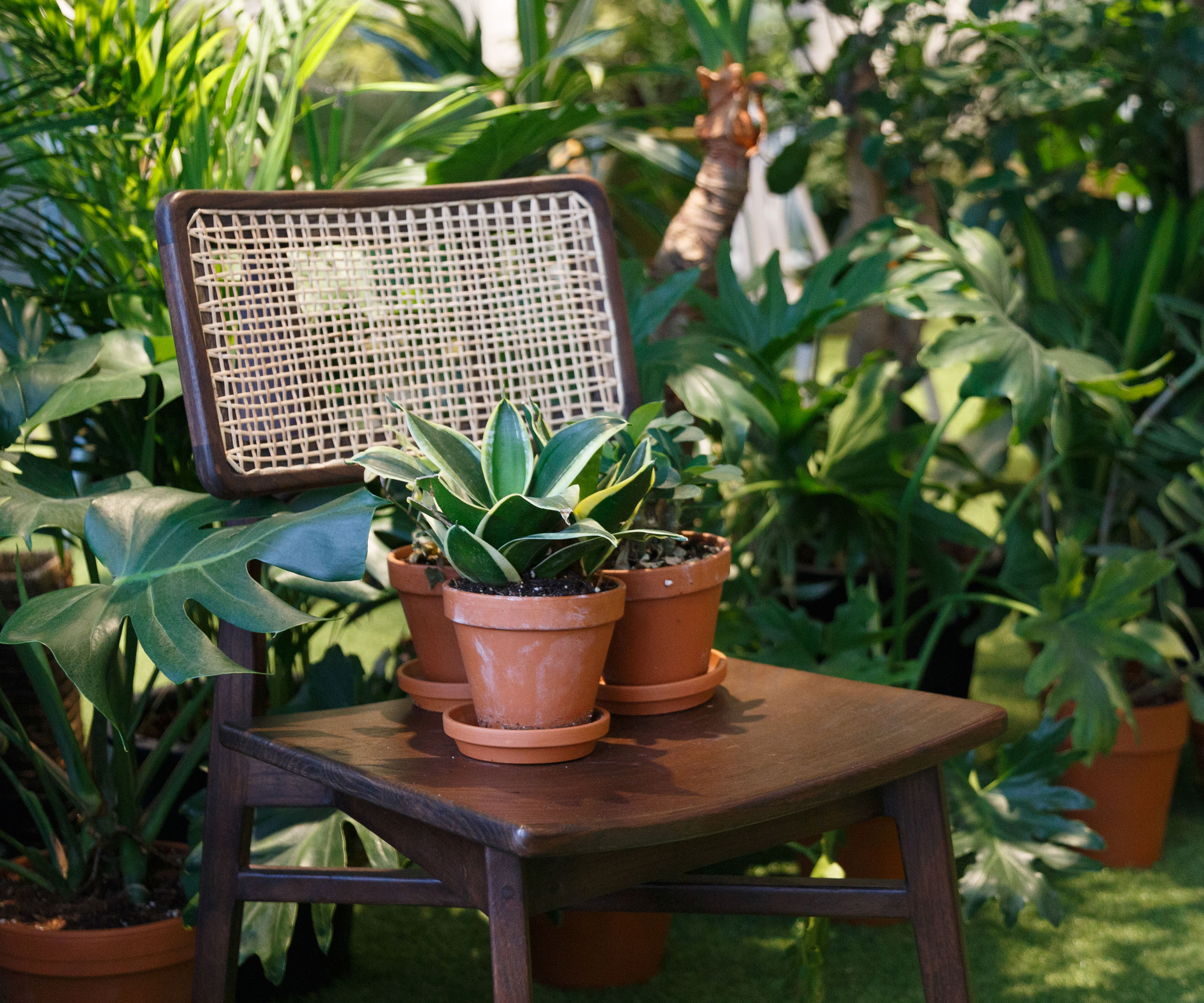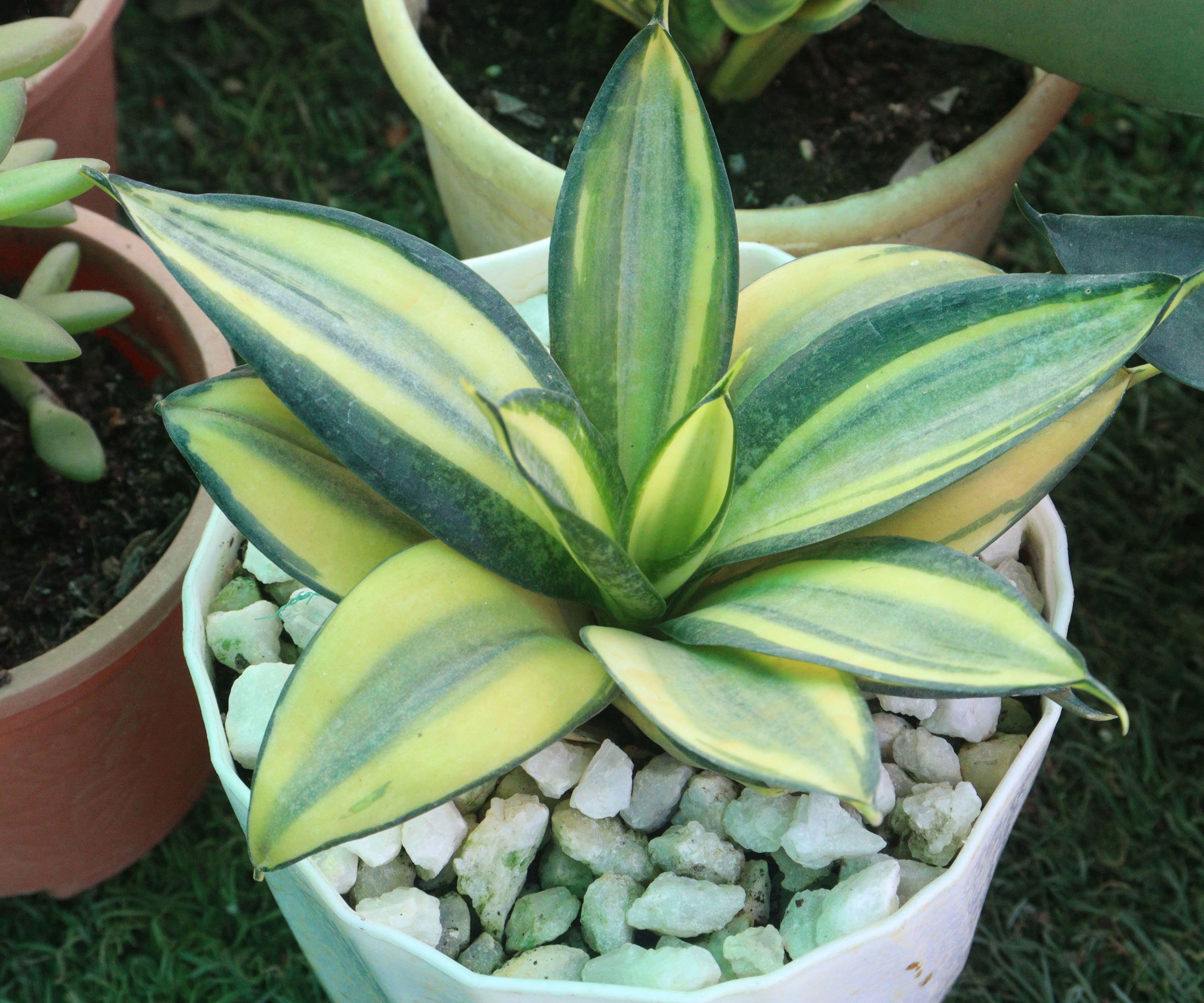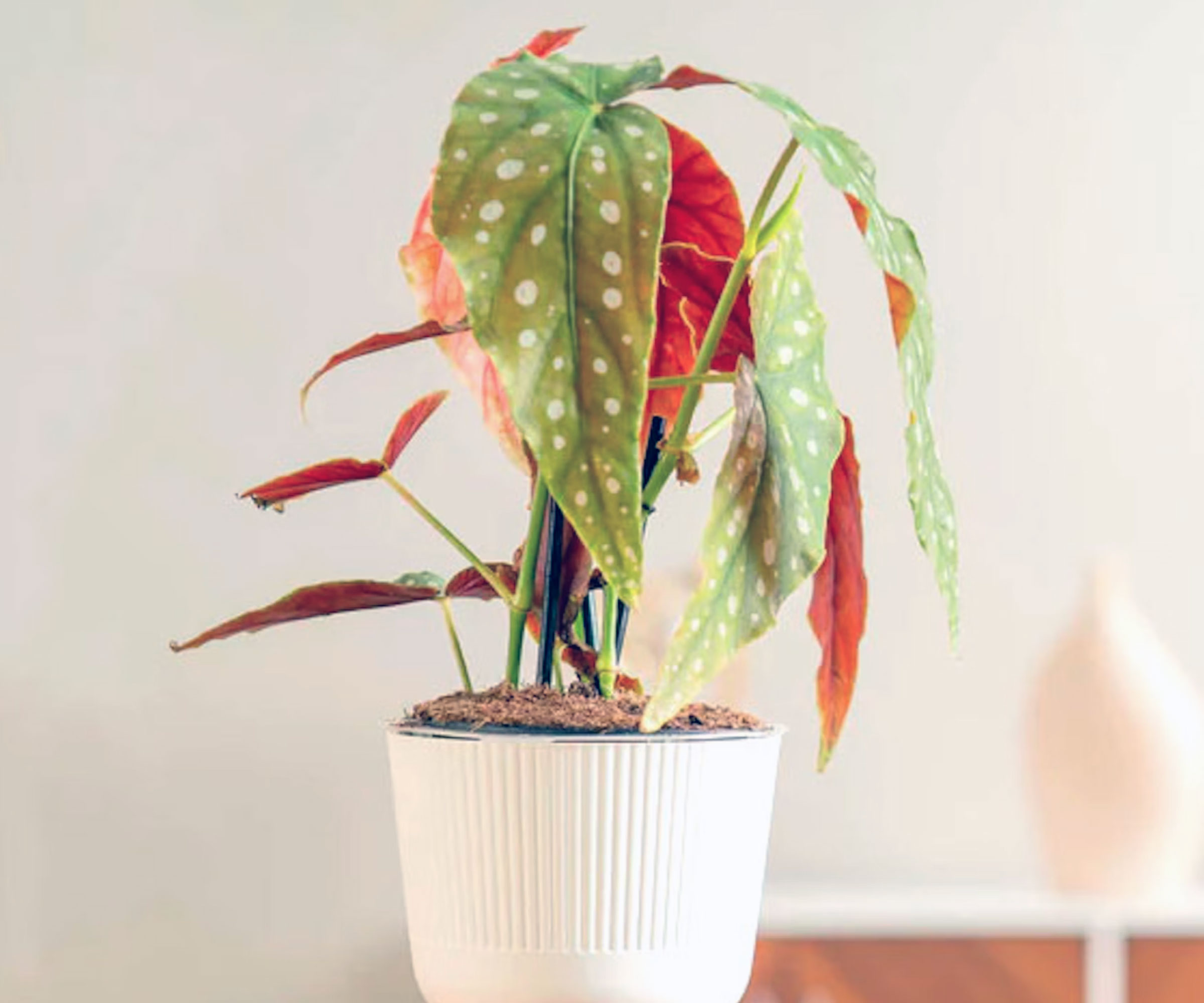Grow A Bird’s Nest Snake Plant – The Adorable Mini Snake Variety For Every Houseplant Lover
You may be used to seeing snake plants towering against living room interiors, but if your tastes run more to the small and dainty, try growing a bird’s nest snake plant


Amy Draiss
Quick Facts
Botanical name: Dracaena trifasciata ‘Hahnii’
Height: 6-8in (15-20cm)
Spread: 6-8in (15-20cm)
Sun: Full to partial sun
Soil: Well-draining, sandy loam
Hardiness zones: 9a-11b
Plant: Early spring, summer
If you’re keen to grow a low-maintenance snake plant but lack space, try growing Dracaena trifasciata ‘Hahnii’, also known as the bird’s nest snake plant. Native to West Africa, this is a compact form of snake plant or Mother-in-law’s tongue.
This rosette-forming snake plant variety has sword-shaped, dark green leaves with silvery bands. Its foliage is thick and feels succulent-like. The ‘Hahnii’ snake plant is an adorable mini snake which is as tolerant of neglect as its larger relative. As well as ‘Hahnii’, you can also get ‘Golden Hahnii’ snakes with yellow banding. Here’s how to care for yours so you get the most from these easygoing diminutive houseplants.
Bird’s Nest Snake Plant Care
In nature, this snake plant forms a single spike of aromatic, green blooms in the spring which give way to bright orange berries. Although this plant is hardy to USDA zones 9a-11b, ‘Hahnii’ snake plant is grown as a houseplant in most climates. It is notable for its drought and salt tolerance.
Snake plant ‘Bird’s Nest’ is very forgiving and should require minimal care. However, you can make sure this small snake plant variety has the best chance of lasting for longer if you cultivate it with the following conditions.
- Lighting: These snake plants need very little sunlight to photosynthesize, which makes them ideal for low light areas like bedrooms. Snakes are known for being some of the best low light houseplants you can grow. However, they will also thrive in direct sunlight.
- Temperature & Humidity: Bird’s nest snake plants tolerate low humidity and cool temperatures. That said, they prefer average home humidity levels and temperatures between 65-85°F (18-29°C). Temperatures below 50°F (10°C) can damage and even kill the plants.
- Soil & Compost: For the best snake plant care, the soil or compost should be well-draining. A succulent or cactus medium is a great option. Otherwise, use a well-draining potting soil and amend it with perlite or sand.

- Water: This extraordinary variety of houseplant will tolerate the occasional lapse in watering. In fact, it is overwatering you should watch out for, as it can result in root rot. Let the soil dry between waterings during the growing season. In the winter, when the plant is dormant, water once a month or less.
- Fertilizer: Bird’s Nest snake plants do not usually require fertilizer, however, they may benefit from the use of an all purpose balanced food with an NPK of 10-10-10 in the spring and summer.
- Pruning: Bird’s Nest plants generally need no pruning with the exception of removing the occasional dead or dying leaf.

Problems, Pests & Diseases
Although these snake plants are relatively hard to kill houseplants, they are prone to aphids, fungus gnats, mealy bugs, scale and spider mites. Usually, these pests are not a problem for indoor houseplants. If you do find an infestation, spray the plant with an insecticidal soap. In the case of fungal gnats, allow the soil to dry completely before watering. Sticky traps can be useful for capturing pests.
Fungal diseases like root rot and leaf spot may be a problem with these snake plants. Again, allow the soil to dry between waterings and if necessary, treat the plant with a fungicide. Plants may get yellowing leaves which could be due to overwatering or a lack of nutrients. The leaves may also become brown at the tips which could be a sign of underwatering, low humidity or fluoridated water. If growth is very slow, it may mean the plant needs to be repotted or fertilized.

Repotting Bird’s Nest Snake Plants
If your bird's nest snake plant is looking a little under par and you have eliminated pests and diseases, it may be time to repot it. Although the plant does grow slowly, it will need a new container after two or three years, or when the plant has doubled in size. Repot in early spring when the plant is dormant. Choose a container with adequate drainage holes. Make sure the pot is a size larger than the current one.
Sign up for the Gardening Know How newsletter today and receive a free copy of our e-book "How to Grow Delicious Tomatoes".
Remove the plant from its current container. Loosen the roots, and trim off any damaged roots. Repot the plant in the new container with fresh succulent medium or similar, and give it some water. If adding to a combination of houseplants, make sure the pot is placed at a sensible distance from the others for good air flow.
Bird’s Nest Snake Plant Propagation
You can propagate these snake plants in a couple of ways, either by dividing the plant or taking leaf cuttings. In the case of dividing the plant, look for offshoots. Remove the offshoot with a sterile knife. Pot the offshoot in a good-quality, well-draining soil.
To take a leaf cutting, select a healthy leaf and sever it from the plant with a sterile knife. Let the cutting cure or dry for a day. Plant the cut end in soil and water lightly.
Frequently Asked Questions
How do you revive a bird’s nest snake plant?
If your bird’s nest snake plant is looking off-color, stunted or droopy, it could be a watering issue. This is most likely related to overwatering, since the plant is drought tolerant and can handle a few missed sessions with the watering can. It might also be caused by pests or a fungal disease.
Another possibility is that the plant could be pot bound, or in need of fertilizing. Knowing the cause of the problem will help with next steps for reviving your plant.
What are the smallest snake plant varieties?
There are more than 70 species of snake plant, once categorized under the genus Sansevieria but now a member of genus Dracaena. Amongst these are ‘Hahnii’ and ‘Golden Hahnii’, a yellow and cream dwarf snake. Other notable smaller snake options include ‘Laurentii’, ‘Black Robusta’ and ‘Black Gold’ plants.
This article features products available from third party vendors on the Gardening Know How Shop. Keep in mind that our plant inventory is limited - so if you’re thinking of purchasing, don’t wait!

Amy Grant has been gardening for 30 years and writing for 15. A professional chef and caterer, Amy's area of expertise is culinary gardening.
- Amy DraissDigital Community Manager
